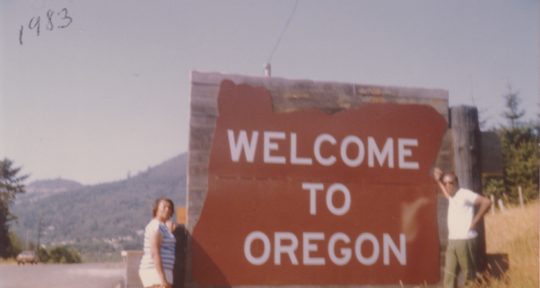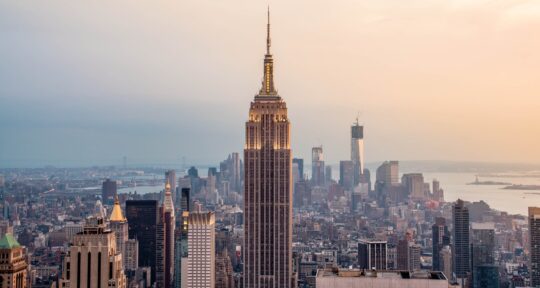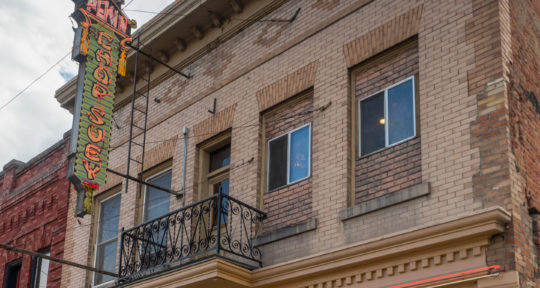History has never been exclusively white, but that’s not always the story told at preeminent arts and cultural institutions in the U.S. While efforts to tell under-represented stories have always existed, there are more ways to seek out other perspectives than ever before—during Black History Month and beyond.
Here are seven powerful museums dedicated to Black history across the country.
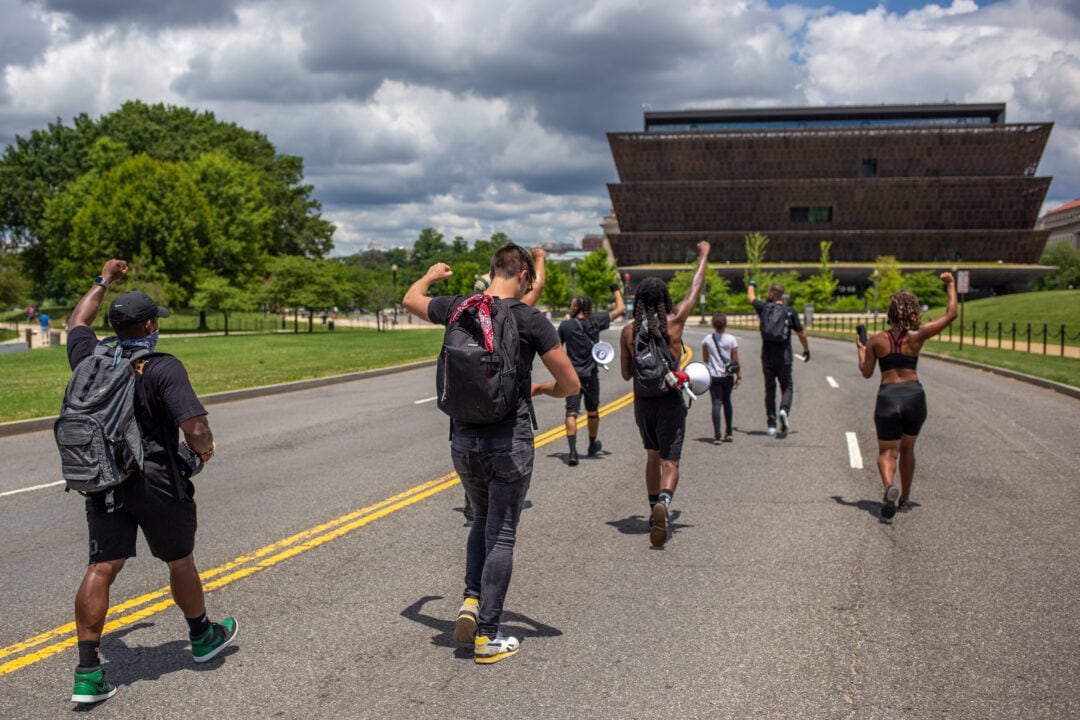
1. National Museum of African American History and Culture (NMAAHC), Washington, D.C.
Established in 2003 and opened to the public on the National Mall in 2016 (by then-President Barack Obama), the NMAAHC, a Smithsonian institution, is the largest Black history museum in the country. The shimmering 10-story building houses more than 40,000 objects in exhibits that detail Black history from slavery up to the present day. Covering everything from important civil rights-era moments to contributions in pop culture (Oprah Winfrey and Michael Jordan are founding donors), the museum is almost impossible to see in just one visit; timed passes are currently required, but admission is always free.
Don’t forget to leave time for the museum’s Sweet Home Café, which serves up classics from the agricultural South, such as fried chicken, collard greens, and mac and cheese, in addition to a rotating selection from other regions, including the Caribbean and West Africa.
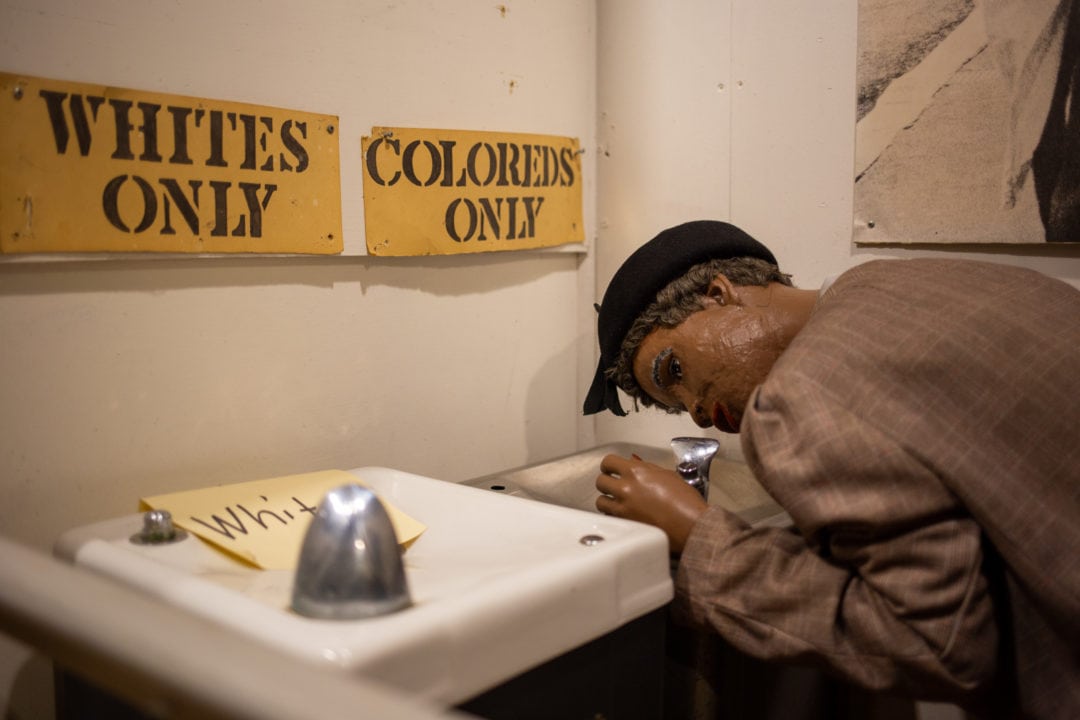
2. National Great Blacks in Wax Museum, Baltimore, Maryland
The first and still most comprehensive museum of its kind, Baltimore’s National Great Blacks in Wax Museum has 150 figures on display. Founded by husband and wife educators, the museum’s elaborate exhibits and detailed figures showcase the African American experience from ancient Africa to the present.
A the National Great Blacks in Wax Museum, knowledge is power
Visitors may recognize many of the famous faces here—including sports, literary, and pop culture legends—but the museum makes a point to not only include the palatable moments in history; a slave ship highlights the cramped and cruel conditions people were forced to endure, and a basement-level lynching exhibit is as powerful as it is painful.
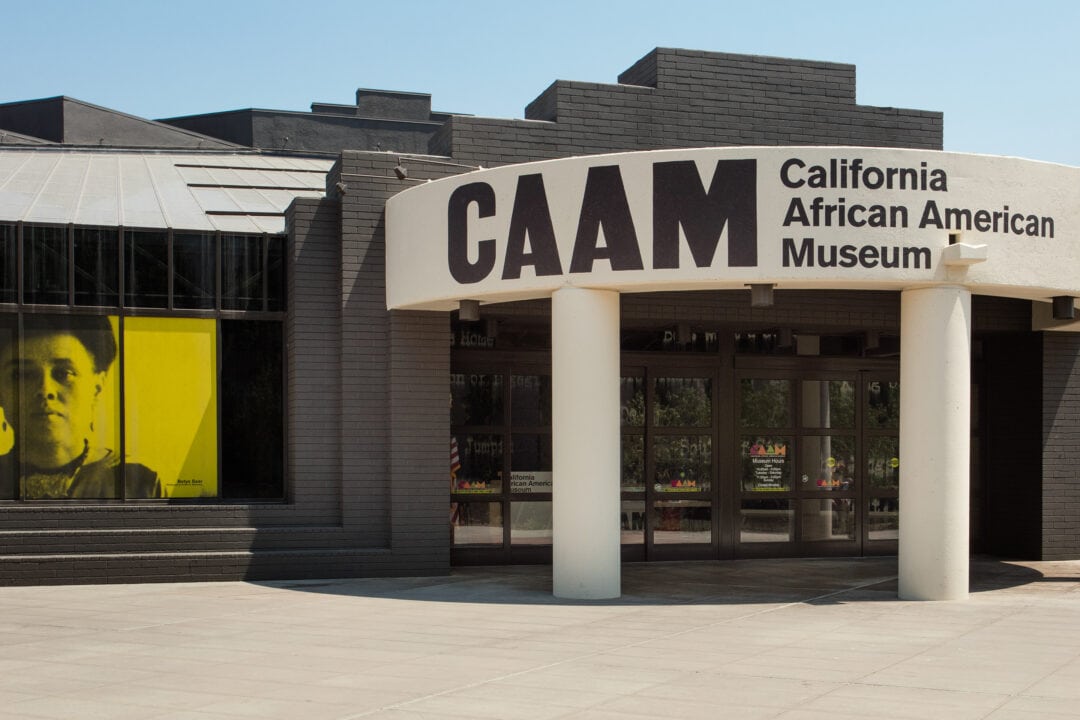
3. California African American Museum (CAAM), Los Angeles, California
CAAM is home to more than 5,000 paintings, photographs, films, sculptures, documents, and artifacts, spanning from the 1800s up to the present day. Although the museum’s collection is focused on the African American experience in the American West, CAAM also features contemporary work with origins in Central and South America as well as Africa. In addition to permanent and rotating exhibits, the museum also has a full calendar of programs including workshops, film screenings, concerts, and performances.
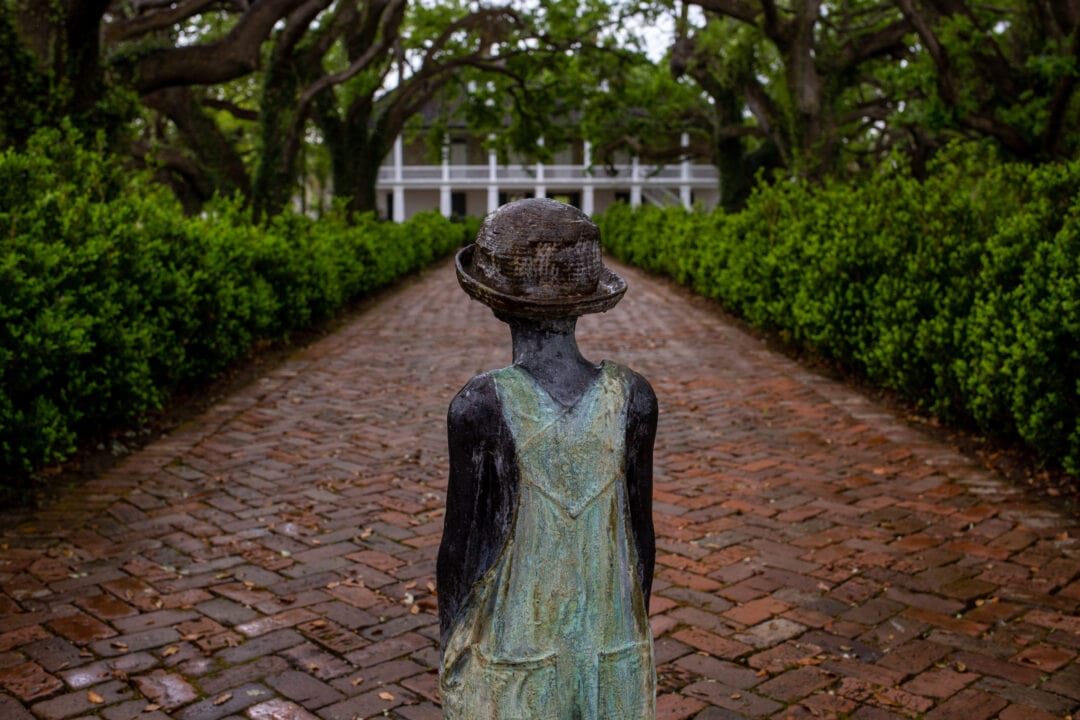
4. Whitney Plantation, Edgard, Louisiana
More than 250 years after Whitney Plantation was established in Southern Louisiana, the grand property’s current owner opened the former indigo, rice, and sugar plantation as a museum with a mission. Once home to anywhere from 20 to hundreds of enslaved people, today, the plantation located between New Orleans and Baton Rouge is considered to be the first slavery-focused museum in the U.S.
Whitney Plantation Museum tells the real stories of enslaved laborers
Visitors take a self-guided audio tour throughout the property, which includes the Big House, several other buildings, memorials, educational exhibits, and artwork devoted to preserving the stories of the Black enslaved adults and children who lived, worked, and sometimes died at the plantation.
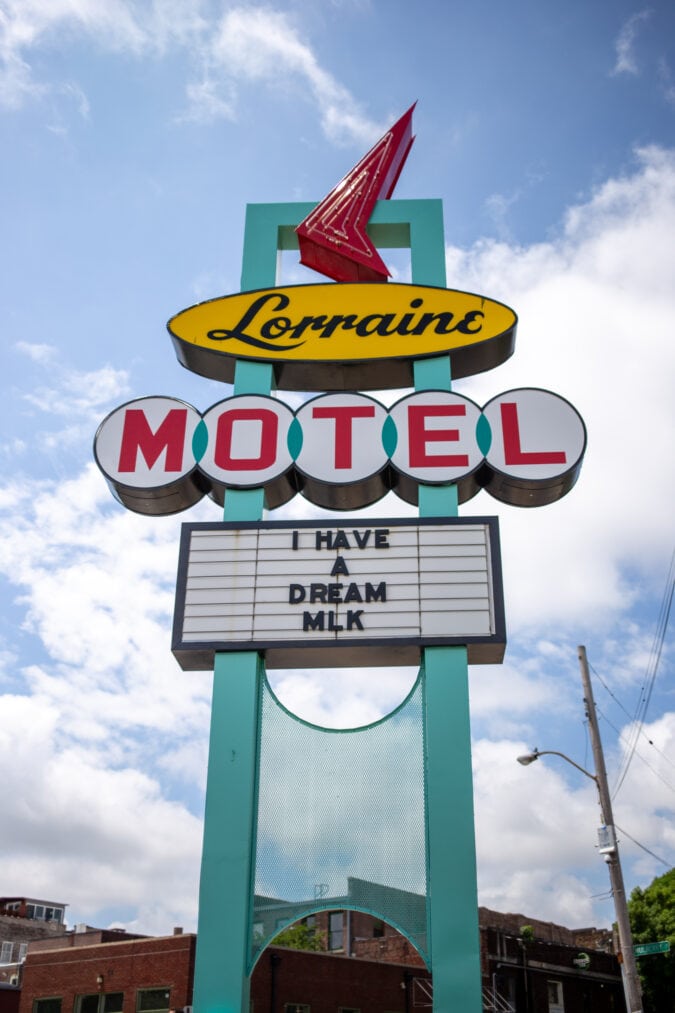
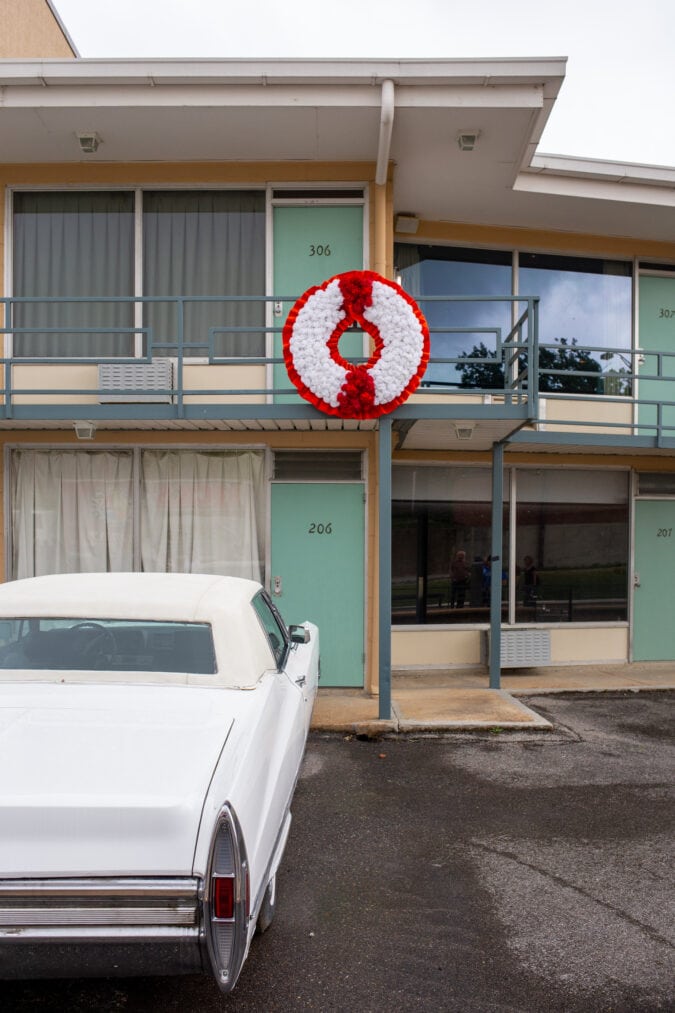
5. National Civil Rights Museum, Memphis, Tennessee
Built around the former Lorraine Motel in Memphis, the National Civil Rights Museum comprises the historic motel as well as two other structures associated with Martin Luther King Jr.’s 1968 assassination. Open to the public since 1991, the museum features permanent exhibits devoted not only to King, but to important moments in the civil rights era, including the mid-’50s Montgomery Bus Boycott, Freedom Rides, student sit-ins, and the Black Power movement.
Before the motel was converted to a museum, its last resident was a housekeeper named Jacqueline Smith. Smith objected to her eviction and the property’s multi-million-dollar renovation—and thinks King would have as well. Today, she still lives outside of the museum and has maintained her solitary protest vigil for more than three decades.
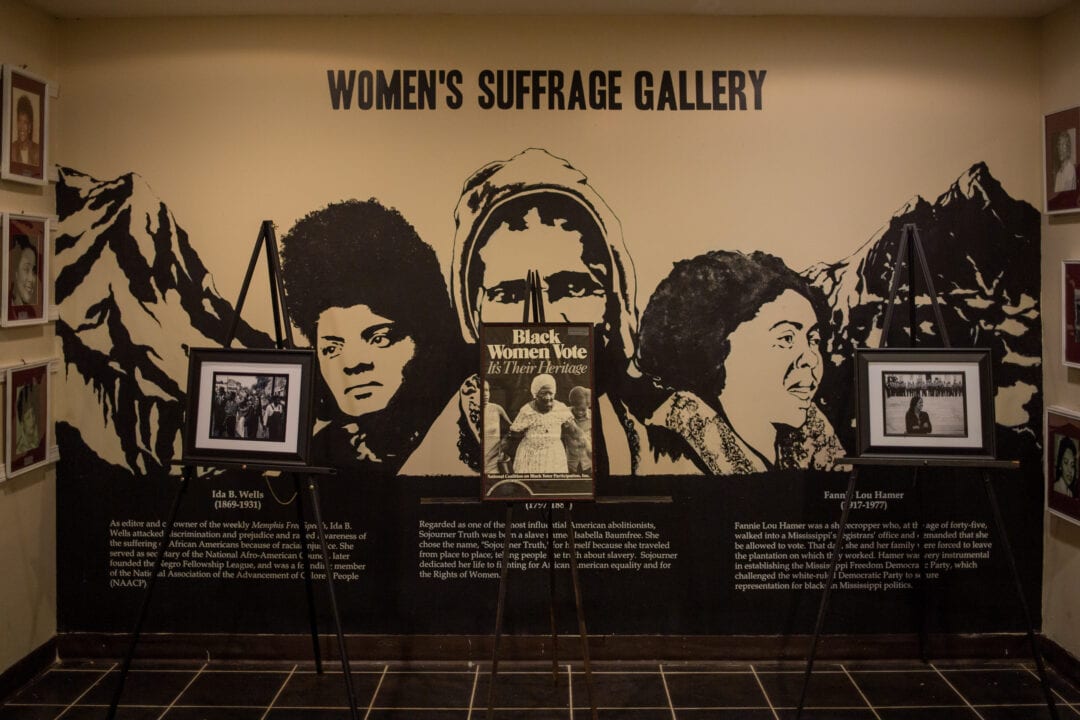
6. National Voting Rights Museum and Institute, Selma, Alabama
The National Voting Rights Museum and Institute is located at the foot of the Edmund Pettus Bridge, the site of 1965’s “Bloody Sunday” march, in the Selma Historic District. Exhibits detail the ongoing fight for voting and civil rights, and celebrate the wins while commemorating the often-violent and tragic struggle for equality. On the other side of the bridge, visit the free Selma Interpretive Center, the official beginning of the Selma to Montgomery National Historic Trail.
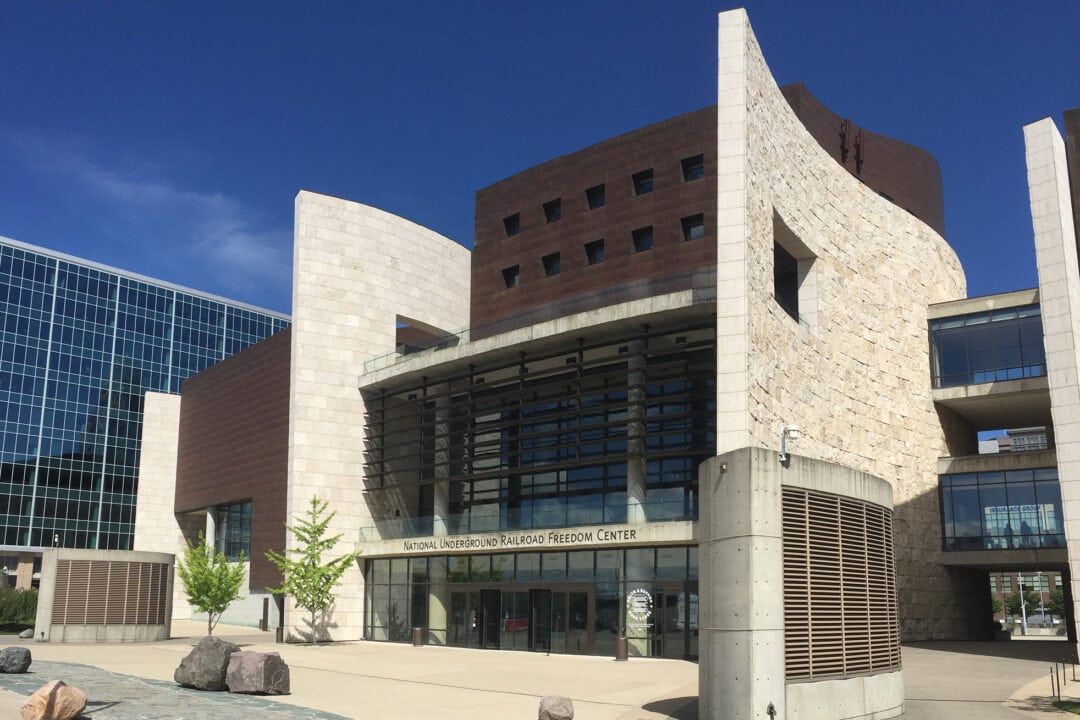
7. National Underground Railroad Freedom Center, Cincinnati, Ohio
Located on the banks of the Ohio River in downtown Cincinnati, the National Underground Railroad Freedom Center’s permanent exhibit, From Slavery to Freedom, walks visitors through three centuries of slavery with displays, artifacts, and a short film detailing the experiences of enslaved people. The Freedom Center isn’t just committed to preserving the past—other exhibits tackle ongoing issues, including structural racism, human trafficking, and mass incarceration. The center also regularly hosts lectures, film screenings, and other special programs.
Learn about Ohio’s role in abolition at these stops on the Underground Railroad




